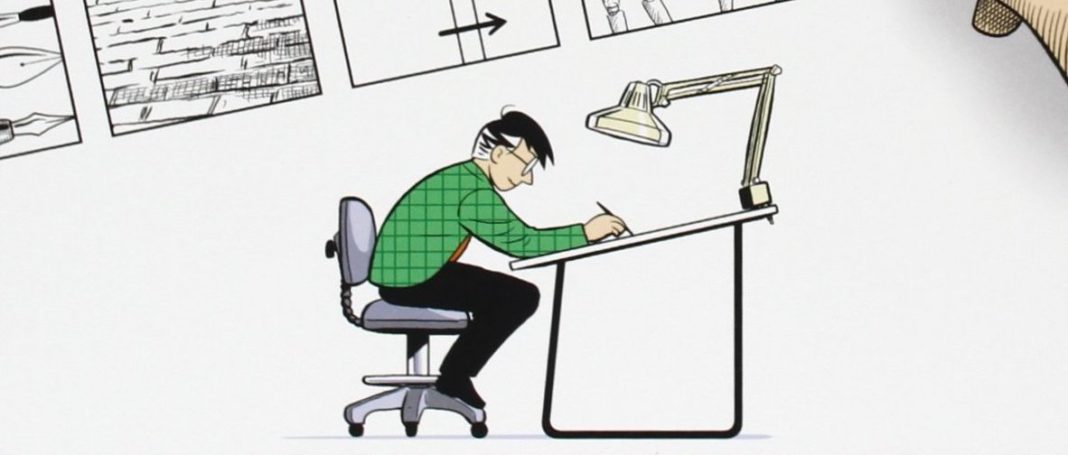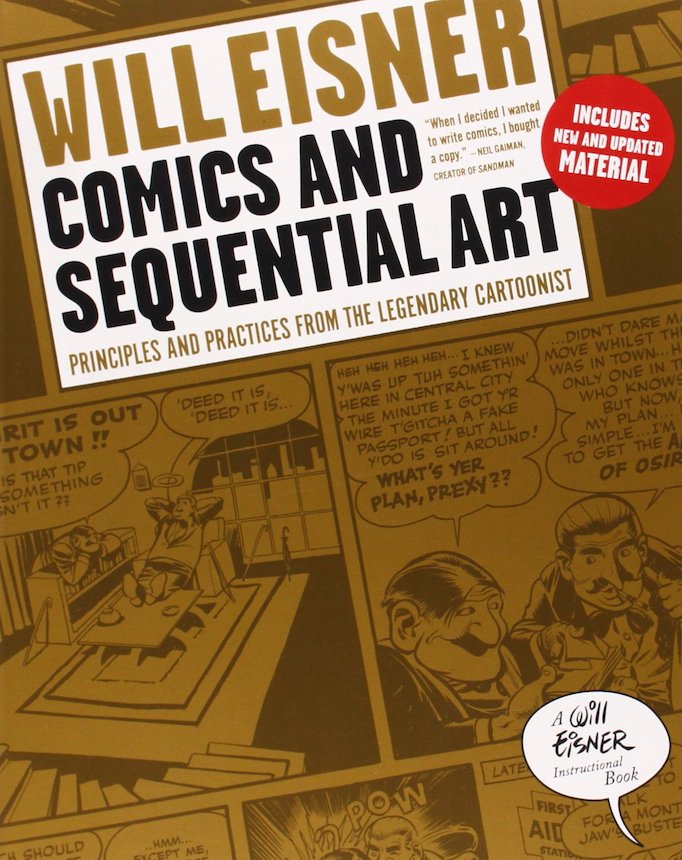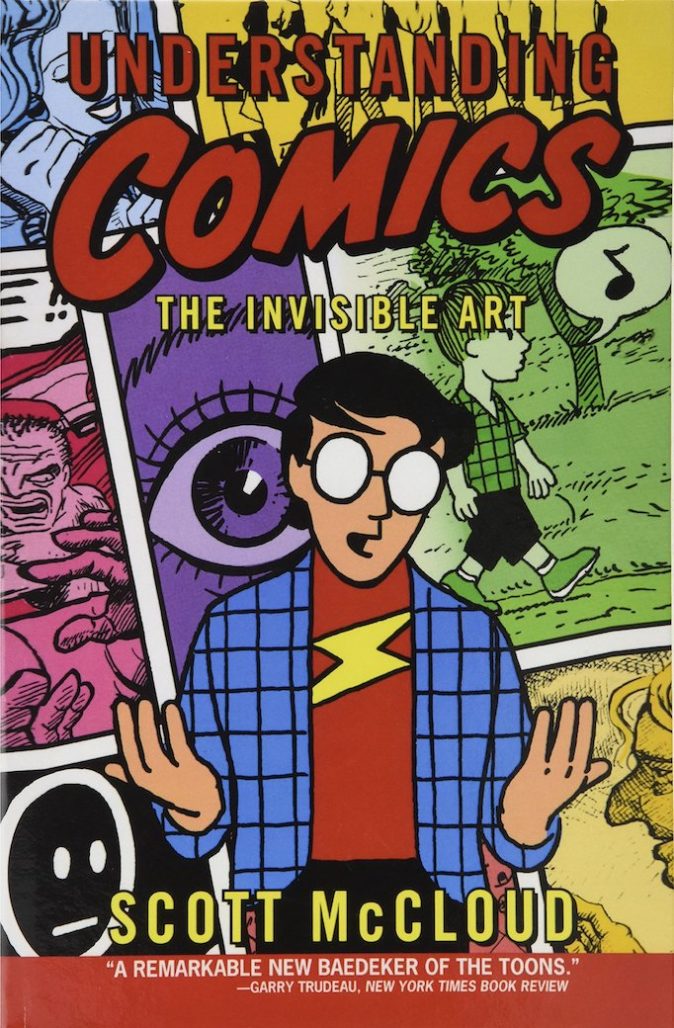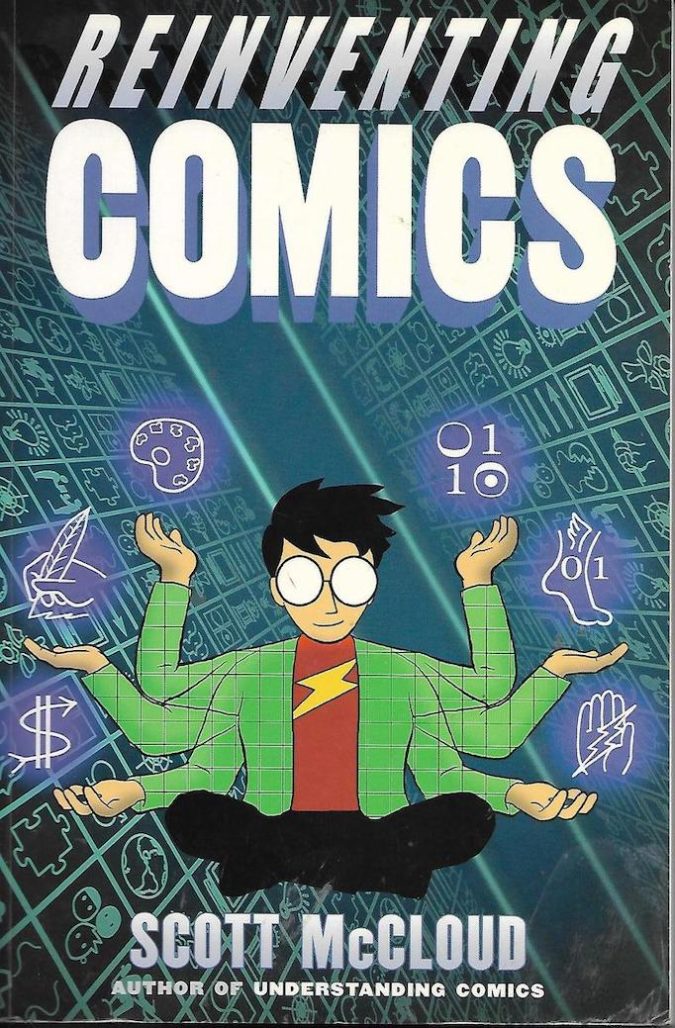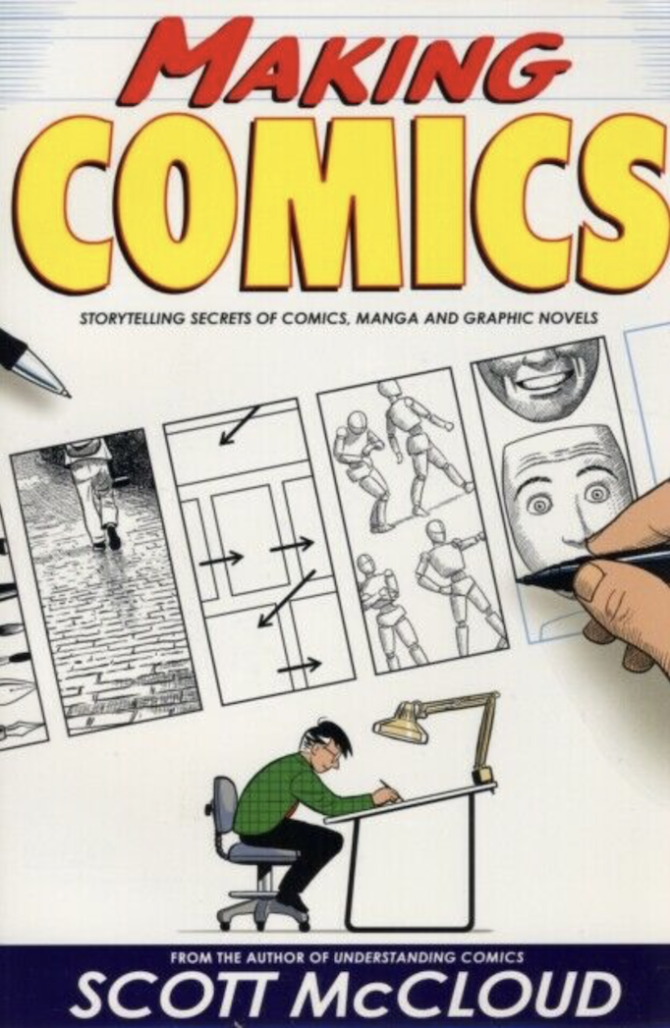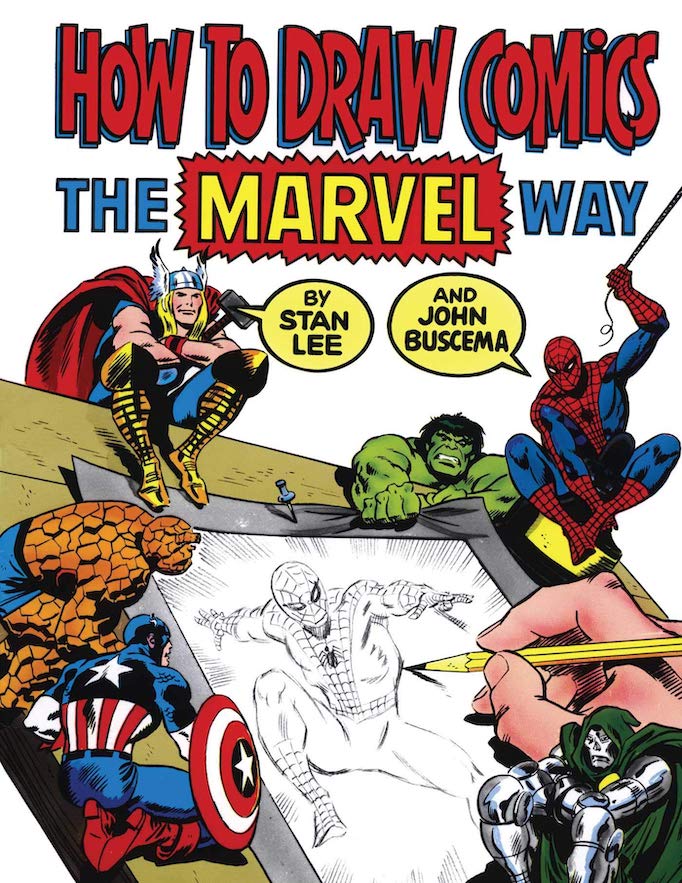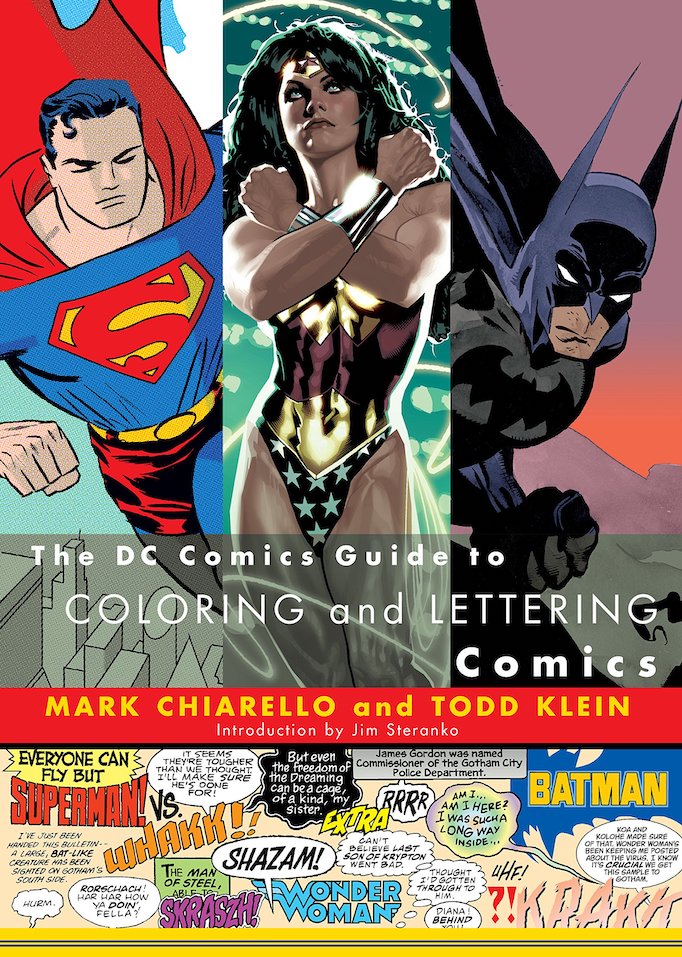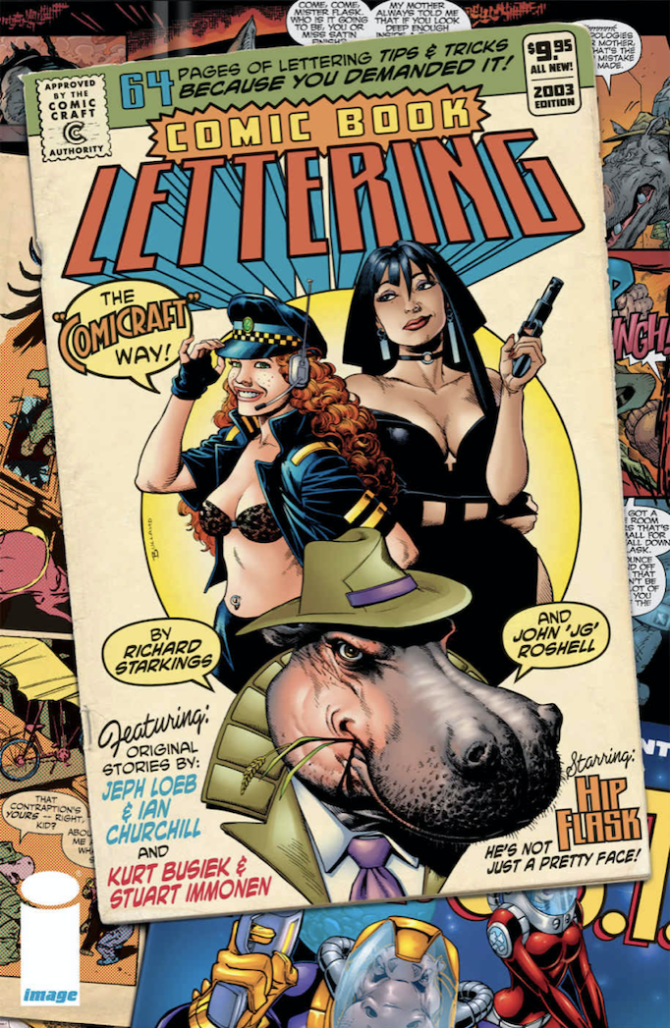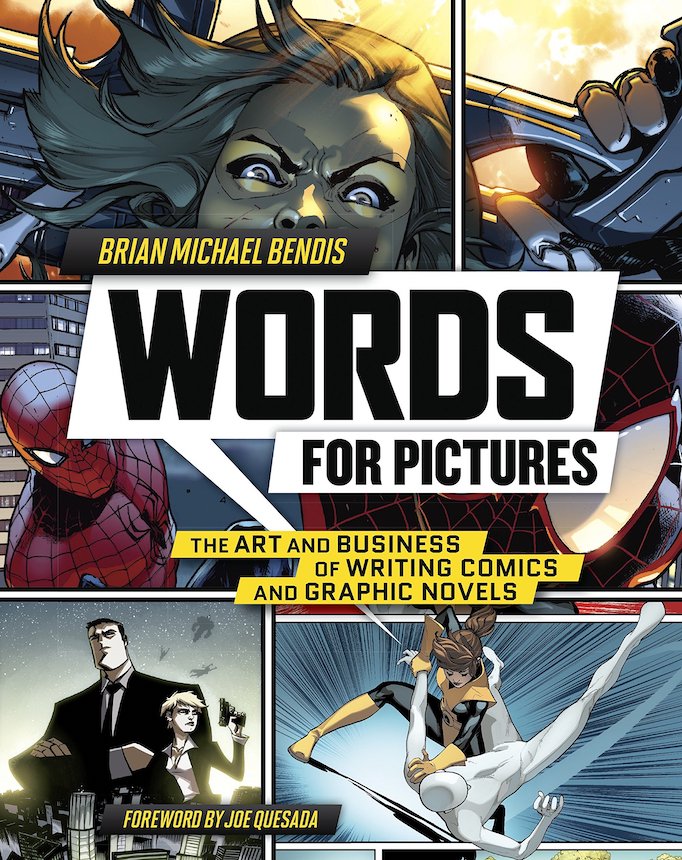Comics is still a nascent art form, especially in the eyes of certain scholars who believe comics only became literary in 1985. So it’s surprising that creators have already shared such a wealth of knowledge on the medium and its creative roles. A surprising number of guides on making comics have been published over the years. I wanted to spotlight a few of those guides which I think will prove especially helpful for aspiring creators.
Comics and Sequential Art
Will Eisner created one of the earliest books about making comics when Poorhouse Press published Comics and Sequential Art in 1985. In each chapter, Eisner covers a different topic and includes some of his own comics to provide examples. His guide defines comics as a form of reading and describes, among other things, how the medium juxtaposes words and images and how the panel structure plays with time. He goes on to explain the creative process and the forms sequential art can take
Scott McCloud’s work refines a lot of the information conveyed in this guide, but the book still includes plenty of interesting nuggets of wisdom, and it’s great to learn directly from one of the comic masters.
Scott McCloud’s trilogy
An article like this can’t be written without acknowledging three of Scott McCloud’s most defining works. Unlike the rest of the guides on this list, these three guides all comics themselves, in which an avatar of Scott McCloud takes readers on a journey through every corner of sequential art. To put it simply, Understanding Comics is about what comics are, Reinventing Comics is about what comics can become, and Making Comics is about the creative process behind them.
Understanding Comics, published in 1993, excellently describes what makes comics special, their effect on readers, and the machinations of the art form. This guide focuses less on making comics than the comic book reading experience. Not all of the knowledge within this can be directly implemented into a creator’s work, but it still serves as an excellent reminder of the fundamentals of comic book storytelling and gives readers a far deeper understanding of t
Reinventing Comics, published in 2000, theorized some of the paths comics might have gone down in the digital age. At the time of its release, the comics community dismissed most of its conjectures, but several of McCloud’s predictions came true. Most of the industry laughed at his proposition that webcomics would incorporate micropayments in the future. But, years after its publishing, Patreon proved to be essential to cartoonists’ business model. Patreon isn’t a 1:1 comparison to what McCloud describes in Reinventing Comics, but the popularity of Patreon, particularly amongst webcomic creators, shows the plausibility of his initial idea.
Making Comics, released in 2006, is the most practical guide of the three for actually creating sequential art. Readers may already be familiar with a fair bit of the information included in the book, but there’s still a lot to chew on, and McCloud conveys the material better than anyone.
How to Draw Comics the Marvel Way
Multiple generations of comic book artists cite this guide co-written by Stan Lee and John Buscema as their bible as young artists. The book was probably targetted at children when it was written back in 1978 but has proven invaluable to any artist just starting out. It walks readers through form, perspective, and anatomy as well as any guide for artists, and does so in a way that directly applies to the creative process of making comics.
I’d hand How to Draw Comics the Marvel Way to any kid interested in drawing, whether or not they care about comics. I lack any and all artistic skills but reading through this really helped me understand the role of a comic book artist. I’m sure it will do even more for someone with some natural talent
DC Comics Guide to Coloring and Lettering Comics
This guide on making comics is split between two legendary names in comics, each of whom writes about their area of expertise. DC’s former art director Mark Chiarello covered the role of a colorist in comics, which was especially valuable in 2004, the year of the book’s publication when digital coloring was still relatively new.
Chiarello offers a short history of comic book coloring, including how “arcane and archaic” it was until the mid-1980s. Next, he explains the fundamentals but quickly jumps to the nitty-gritty of using Photoshop to color comics the DC way. That presents a steep learning curve, but Chiarello doesn’t leave anything out, so this is something for aspiring artists to pore over.
Todd Klein, one of the most revered letterers in comics, also wrote a portion of the guide in which he covers the lettering process. I think his contribution works better as a documentation of the many aspects of lettering than as an actual guide. While his section of the DC Comics Guide is very informative and insightful, I believe the next book on this list does a better job of communicating the lettering process.
Comic Book Lettering: The Comicraft Way
ComicCraft’s guide, written by J.G. Roshell and Richard Starkings, is a great resource for anyone who wants to learn how to letter comics with clear instructions and helpful tips.
The presentation is very straightforward and easy to follow so that even a layman can learn the techniques. I say that from experience as a layman who was able to learn the fundamentals from this guide and put them into practice. Comicraft’s guide was published in 2003, but very little of the information is in any way out of date. All you need is this guide, some nice fonts, and a lot of practice to become a capable comics letter.
Words for Pictures
After teaching at colleges in Portland for several years, Brian Bendis made his own guide for making comics. Words for Pictures, published in 2014, offers a lot of insight into the development of modern comics. Bendis is careful not to turn it into a guide for writing comics the same way he does. His book is a very practical resource that goes into detail on, among other topics, scripting, collaborating with artists, and the business end of comics.
Some of the most impressive sections of Words for Pictures are contributions from some of Bendis’ friends. Matt Fraction describes how he implemented a modern interpretation of Marvel Style for his Hawkeye run with David Aja. David Mack and Alex Maleev dig deep into each other’s artistic processes. C.B. Cebulski dives into how discovered new artists as Marvel’s Talent Hunter. Brian Bendis recognized that those creators, among others, had insights into making comics he did not, so he gave them the opportunity to share it.
This list is in no way exhaustive. There is a litany of other guides for making comics and resources for creators. But I hope this adds a few books to your reading pile and helps you on your creative path!
Making Comics is a monthly column covering every facet of the creative process for all kinds of comic book creators.


